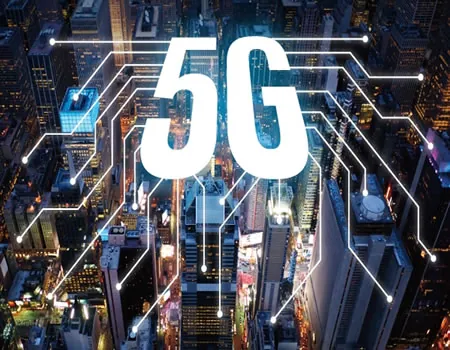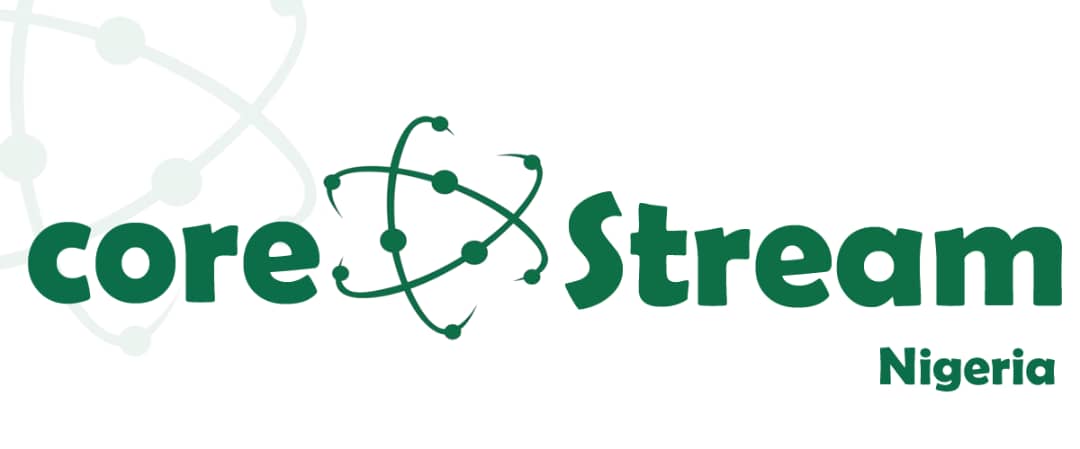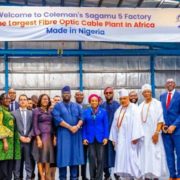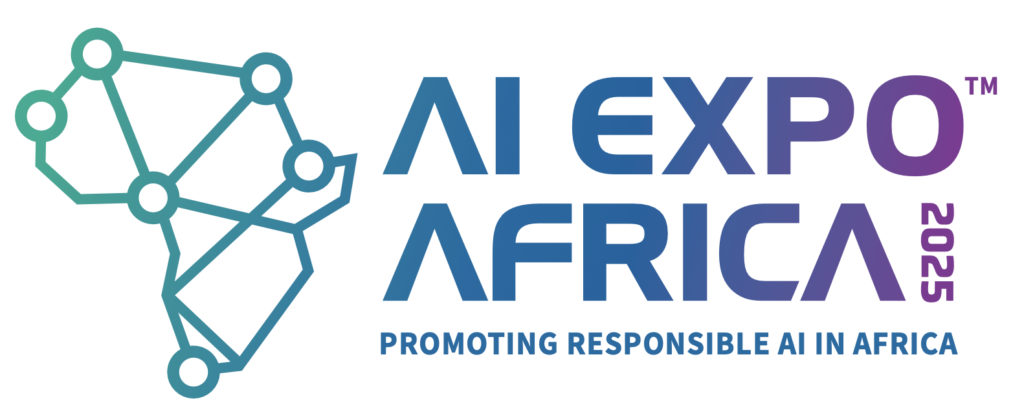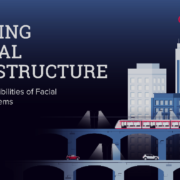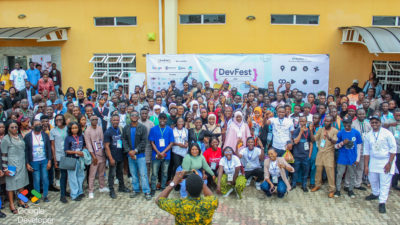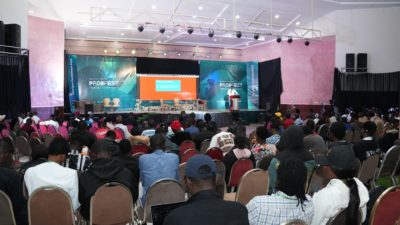Between 2019 and 2024 OECD economies have seen rapid advances in fibre, 5G mobile networks, fixed wireless access (FWA) and satellite broadband.
RELATED: Geopolitical shifts are reshaping global science and tech policy, reports OECD
The COVID-19 pandemic highlighted how digital connectivity has become critical infrastructure and acted as a catalyst by accelerating the demand for high-quality and reliable broadband access.
Demand for high-quality connectivity is growing
The past five years have been marked by socio-economic transformations that have increased the demand for high-quality digital connectivity. This includes for example remote work as well as maturing technologies such as generative artificial intelligence (AI), immersive technologies and the Internet of Things (IoT).
The share of Gigabit offers in OECD markets – fixed broadband subscriptions with advertised speeds equal to or exceeding 1 Gbps – have increased 4.5 times in five years, from 4% in 2019 to 19% in 2024. Moreover, average monthly data consumption per mobile subscription grew 2.5-fold in the same period, from 6 GB at the end of 2019 to 15 GB in 2024, highlighting the shift toward data-driven mobility and next-generation connectivity in OECD countries.
Fibre is a key enabler of digital infrastructure and the rise of 5G networks
Across the OECD, fixed broadband penetration reached 36.5 subscriptions per 100 inhabitants on average by the end of 2024, up from 32 in 2019. The share of fibre in total fixed broadband subscriptions across the OECD reached 47% by the end of 2024, up from 28% in 2019 (see Figure).
In five OECD Member countries, the share of fibre over total fixed broadband subscriptions exceeded the 80% threshold: Iceland (93%), Korea (90.5%), Spain (89%), Finland (81.6%) and Lithuania (80.7%).
Download the full press release.

